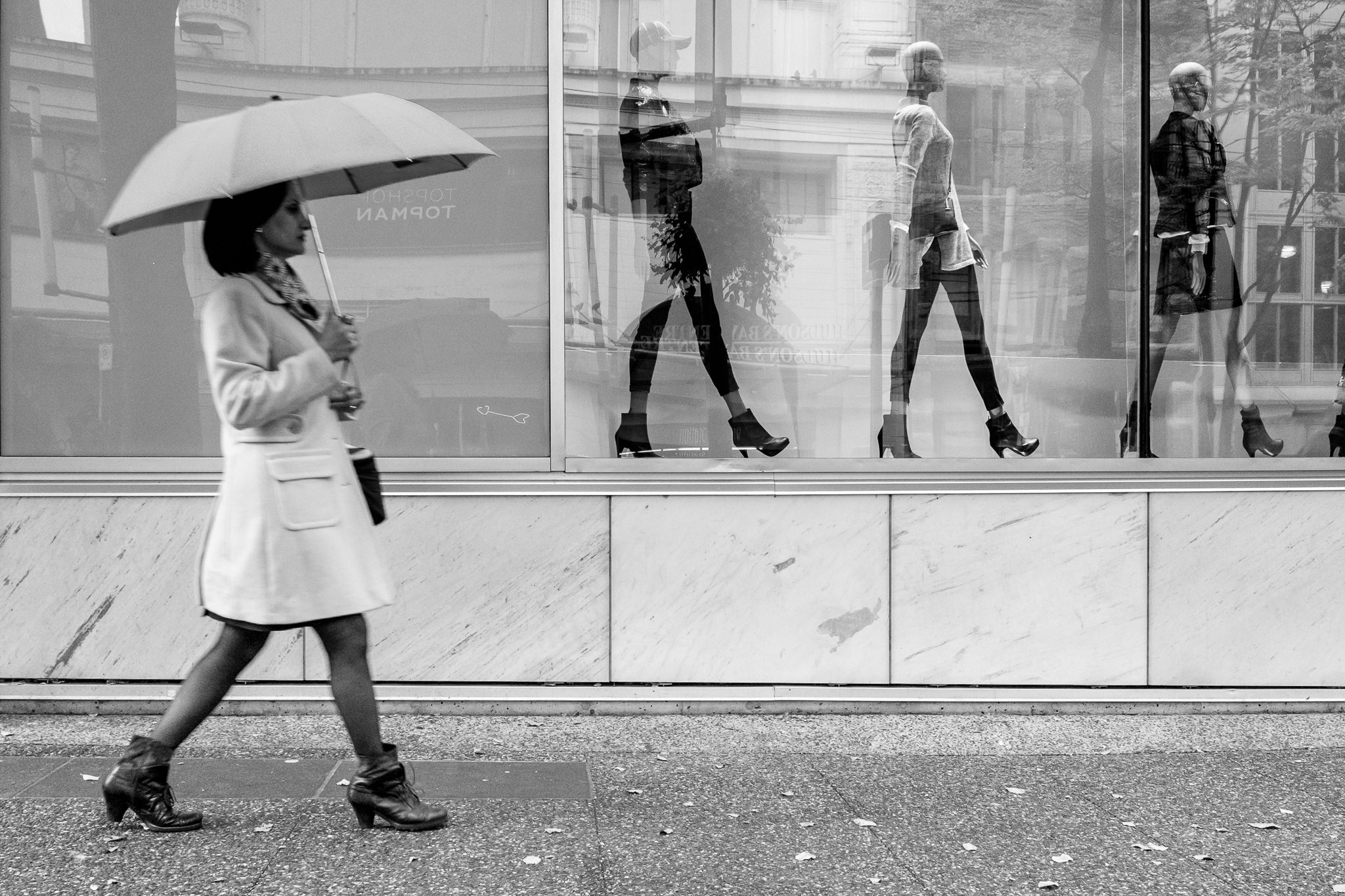The Basic Principles Of Framing Streets
The Basic Principles Of Framing Streets
Blog Article
Little Known Facts About Framing Streets.
Table of Contents9 Simple Techniques For Framing StreetsSome Known Factual Statements About Framing Streets Some Known Questions About Framing Streets.Some Known Details About Framing Streets The Greatest Guide To Framing StreetsOur Framing Streets PDFs
, generally with the aim of capturing pictures at a definitive or poignant moment by careful framework and timing. https://peatix.com/user/20569123/view.
Everything about Framing Streets
Susan Sontag, 1977 Road digital photography can concentrate on individuals and their habits in public. In this respect, the road photographer is similar to social documentary digital photographers or photographers who likewise work in public places, but with the purpose of recording newsworthy events. Any of these photographers' images may capture people and residential property visible within or from public locations, which usually requires navigating moral concerns and regulations of privacy, protection, and building.
Depictions of everyday public life develop a style in nearly every period of globe art, beginning in the pre-historic, Sumerian, Egyptian and very early Buddhist art durations. Art handling the life of the road, whether within views of cityscapes, or as the dominant concept, shows up in the West in the canon of the North Renaissance, Baroque, Rococo, of Romanticism, Realism, Impressionism and Post-Impressionism.
Little Known Questions About Framing Streets.
Louis Daguerre: "Boulevard du Holy place" (1838 or 1839) In 1838 or 1839 the very first photograph of figures in the street was videotaped by Louis-Jacques-Mand Daguerre in among a pair of daguerreotype sights drawn from his workshop window of the Blvd du Temple in Paris. The second, made at the elevation of the day, shows an unpopulated stretch of street, while the various other was taken at regarding 8:00 am, and as Beaumont Newhall records, "The Blvd, so continuously loaded with a relocating throng of pedestrians and carriages was perfectly solitary, other than an individual who was having his boots brushed.
His boots and legs were well specified, yet he is without body or head, due to the fact that these were in movement." Charles Ngre, waterseller Charles Ngre. https://www.easel.ly/infographic/04m0k9 was the very first photographer to achieve the technological class needed to register individuals in motion on the street in Paris in 1851. Photographer John Thomson, a Scotsman working with journalist and social protestor Adolphe Smith, published Street Life in London in twelve month-to-month installations starting in February 1877
The smart Trick of Framing Streets That Nobody is Talking About
Eugene Atget is considered as a progenitor, not due to the fact that he was the initial of his kind, however as a result of the popularisation in the late 1920s of his record of Parisian streets by Berenice Abbott, that was inspired to undertake a comparable documents of New york city City. [] As the city developed, Atget helped to advertise Parisian roads as a worthwhile topic for digital photography.

7 Easy Facts About Framing Streets Explained
Martin is the initial tape-recorded professional photographer to do so in London with a disguised video camera. Mass-Observation was a social research study organisation established in 1937 which intended to record day-to-day life in Britain and to record the responses of the 'man-in-the-street' to King Edward VIII's abdication in 1936 to marry separation Wallis Simpson, and the sequence of George VI. The principal Mass-Observationists were anthropologist Tom Harrisson in Bolton and poet Charles Madge in London, and their initial record was produced as guide "May the Twelfth: Mass-Observation Day-Surveys 1937 by over 2 hundred viewers" [] Window cleaner at Kottbusser Tor, Berlin, by Elsa Thiemann c. 1946 The post-war French Humanist School digital photographers found their topics on the street or in the restaurant. In between 1946 and 1957 Le Groupe des XV each year displayed job of this kind. Andre Kertesz. Circus, Budapest, 19 May 1920 Road digital photography formed the major web content of two exhibits at the Gallery of Modern Art (Mo, MA) in New york city curated by Edward Steichen, 5 French Photographers: Brassai; Cartier-Bresson, Doisneau, Ronis, Izis in 1951 to 1952, and Post-war European Digital Photography in 1953, which exported the principle of street photography internationally.

Excitement About Framing Streets
The recording device was 'a covert electronic camera', a 35 mm Contax concealed beneath his coat, that was 'strapped to the breast and connected to a long cord strung down the ideal sleeve'. Nevertheless, his work had little contemporary impact as due to Evans' sensitivities about the creativity of his task and the privacy of his subjects, it was not released up until 1966, in guide Lots of Are Called, with an intro written by James Agee in 1940.
Helen Levitt, after that an instructor of kids, related to Evans in 193839. She documented the transitory chalk illustrations - Best Zoom Lens that belonged to youngsters's street society in New York at the time, as well as the kids that made them. In July 1939, Mo, MA's brand-new digital photography area included Levitt's operate in its inaugural eventRobert Frank's 1958 book,, was considerable; raw and frequently indistinct, Frank's pictures examined conventional digital photography of the time, "challenged all the official rules laid down by Henri Cartier-Bresson and Walker Evans" and "contradicted the wholesome pictorialism and heartfelt photojournalism of American publications like LIFE and Time".
Report this page